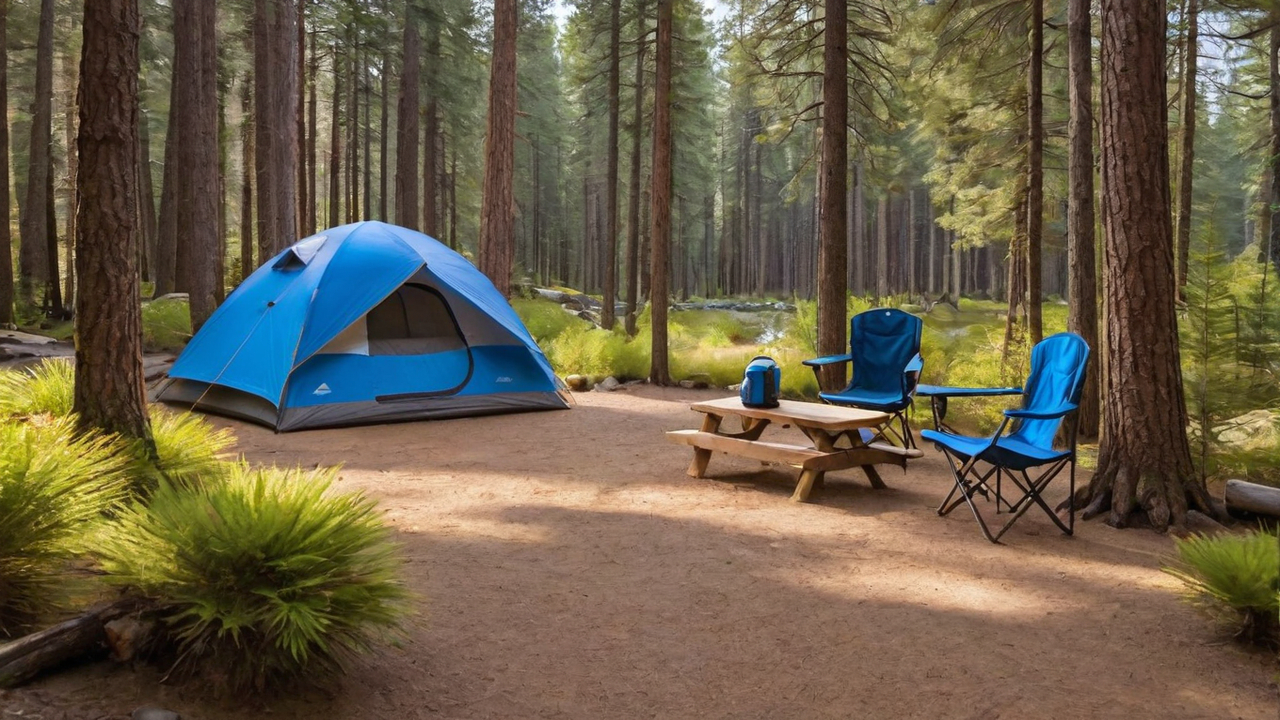
Leveraging GIS for Enhanced Campground Layouts
Integrating GIS into campground management software transforms the way campsites are planned and managed. By utilizing precise geographical data, administrators can optimize the layout for better accessibility and guest experience. This integration allows for the creation of detailed site maps that incorporate existing landscapes, maximizing the use of space while preserving the environment.
The capability to see and manipulate the campground configuration in real-time provides a significant advantage in planning and development. Precise GIS data helps in identifying ideal spots for amenities, ensuring they are both reachable and ecologically sustainable. This approach not just enhances guest satisfaction but also contributes to a reduced environmental impact.
Streamlining Booking Processes with GIS
By introducing GIS into campground reservation software, providers provide a more interactive booking experience for guests. Guests can choose their preferred sites based on actual geographical information, including proximity to facilities and picturesque views. This degree of detail in site selection significantly enhances preparation and satisfaction for guests.
Furthermore, this system reduces the likelihood of overbooking and conflicts among reservations. Accurate GIS data guarantees that each site is accurately charted, with clear demarcations, thus facilitating a smoother reservation process. This efficiency not only reduces time for campground managers but also enhances the overall customer satisfaction.
Improving Safety and Emergency Management with GIS
Integrating GIS into campground management software greatly enhances safety and emergency preparedness. Detailed site maps permit for precise location of emergency facilities like fire stations, medical points, and evacuation routes. This availability to critical information can significantly speed up reaction times in emergency situations, potentially saving lives.
Moreover, GIS data can be used to identify areas prone to environmental hazards such as flooding or wildfires, enabling for the development of proactive safety measures. By this approach, campground operators can implement precautionary measures and alert guests of potential risks, thus ensuring a safer camping environment for everyone.
Maximizing Amenity Allocation Through GIS
GIS technology enables campground operators to effectively allocate resources across the site. By analyzing geographical data, they can identify the most optimal locations for facilities such as restrooms, picnic areas, and playgrounds. This guarantees that all guests have easy access to facilities, enhancing their overall satisfaction.
Additionally, GIS can assist in monitoring the usage of natural resources, promoting sustainable management within the campground. Through accurate mapping, campsites can avoid overuse of sensitive areas, supporting in conservation efforts and maintaining the natural appeal and health of the landscape.
Boosting Guest Engagement with Interactive GIS Features
Interactive GIS maps boost visitor engagement by offering an immersive exploration of the campground before arrival. Campers can explore different sites, view photos, and learn about nearby attractions directly via the site’s website. This pre-visit engagement starts the guest experience on a positive note, raising anticipation and contentment.
Moreover, these interactive features may serve as a guide during the stay, providing real-time information on weather conditions, upcoming events, and available facilities. Such accessibility guarantees that guests remain updated and can fully enjoy their outdoor adventure.
Facilitating Environmental Sustainability with GIS
GIS integration in campground management systems plays a crucial role in advancing eco-friendly sustainability. Precise mapping enables for thoughtful planning and conservation of environmental resources, reducing anthropogenic footprint on the environment. This tools facilitate to monitor and manage ecosystems, water bodies, and vegetation, ensuring their preservation for future generations.
Furthermore, by leveraging environmental GIS data, campgrounds can identify areas suitable for solar panels installations or other eco-friendly projects. Such strategy not only boosts the campground’s environmental stewardship but also lowers operational costs, showing a commitment to conserving the natural world.
Incorporating Community Knowledge into Campsite Planning with GIS
GIS systems enable campground operators to integrate community knowledge into campsite planning. By collaborating with community residents, operators can acquire a deeper understanding of the landscape and its cultural significance. This collaboration ensures that campgrounds are developed with respect for local values and heritage, enriching the guest experience.
Moreover, this integration helps in identifying unique chances for campsite experiences and offerings that showcase the area’s culture and natural beauty. Incorporating community insights into the planning process doesn’t just enhance the authenticity of the campground but also strengthens relationships with the surrounding community, creating a positive effect for all parties.
Adjusting to Evolving Visitor Needs with Dynamic GIS Data
The landscape of outdoor recreation is constantly changing, with visitor demands getting more complex. Using dynamic GIS data allows campground managers to quickly adapt to these changes by updating amenities and services to meet current needs. This agility ensures that campgrounds remain attractive and competitive in a fast-paced market.
Additionally, the capability to gather and interpret guest feedback through GIS-based applications means campground managers can constantly refine their offerings. Tailoring the outdoor adventure to meet individual preferences not only increases visitor contentment but also promotes return visits, driving the success of the campground in the long term.
read on